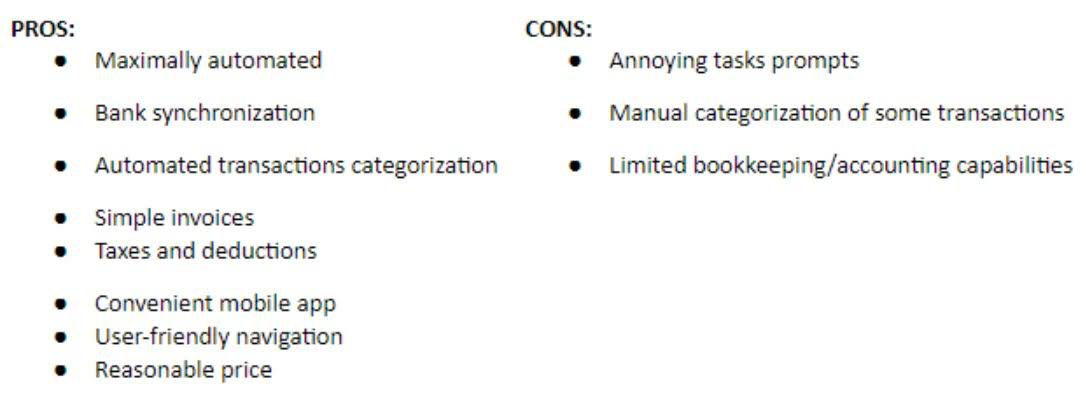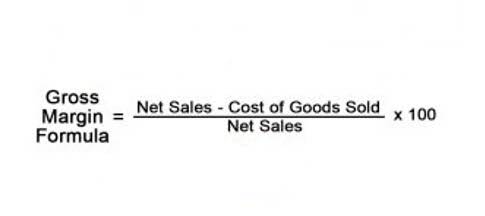
This step is significant because it involves preparing financial statements. Once journal entries are recorded, they are posted to the general ledger, which organizes financial information by account categories such as assets, liabilities, equity, income, and expenses. This process tracks the cumulative effect of transactions and prepares the data for financial statements. This misclassification can have serious implications for financial governance and auditing processes, as it can compromise the integrity and reliability of the reported financial information. Inaccurate financial statements can hinder effective decision-making, impacting strategic planning and resource allocation. It increases the financial risk for the organization by portraying a misleading picture of its financial health and performance, potentially affecting investor confidence and regulatory compliance.

Service revenue

Rent expense is a payment to rent assets like an office, cars, or equipment. Entry #14 — PGS has more cash sales of $25,000 with cost of goods of $10,000. There is an increase in an asset account (Furniture and Fixtures) in exchange for a decrease in another asset (Cash). Xero does not provide accounting, tax, business or legal https://www.bookstime.com/articles/trust-accounting-for-lawyers advice.
Financial Accounting

In the seventh step, accountants prepare financial statements, including the income statement, balance sheet, and statement of cash flows. Many businesses use accounting software to automate this process, minimizing errors and improving efficiency. These systems integrate journal entries into the ledger, providing real-time updates on account balances. A record of transactions in accounting Certified Public Accountant is created when you journalize transactions. All of these types of accounting transactions would be journalized to create accurate financial statements. This process is crucial for financial governance as it ensures that the organization accurately reflects the wear and tear of its assets in its financial statements and thereby upholds financial stewardship.
- Journal entries are the first step in the accounting cycle and are used to record all business transactions and events in the accounting system.
- Remember that accounting skills require mastery of concepts and practice.
- There may be many types of the journal that the company has in its accounting, however, the simplest and most flexible type is general journal.
- These documents provide evidence of financial activities and serve as supporting documentation for financial statements.
- Each account in the ledger includes a running balance of all transactions affecting that account.
How are transactions recorded in accounting?
Software does all that these days so you don’t have to worry about the confusing lingo. As you record business transactions, sort them into categories. For instance, money received from customers will be labeled as sales revenue, while interest earned on your business bank account is commonly labeled investment income. Expenses might be categorized as cost of goods sold (COGS), utilities, advertising, consulting and so on. The accounting cycle provides businesses with valuable insights into their financial performance, which can help them make informed decisions.
- The word ‘journal’ has been derived from the French word ‘JOUR’ meaning daily records.
- Proper reconciliation of accounts is essential for upholding financial accuracy and ensuring adherence to regulatory standards, ultimately safeguarding the organization’s financial integrity.
- Professional bookkeepers and accountants do this stuff for a living.
- Journal is simply a chronological record of the business transactions in the accounting system.
- Deferred Revenue is the income received in exchange for goods that are yet to be delivered.
- Insurance premium is generally paid by the company on behalf of its employees.
The trial balance facilitates financial planning and forecasting by providing accurate data about the company’s financial position, thus enabling informed decision-making. When recording accounting transactions, the double-entry method is a system bookkeeping where every entry to an account requires an opposite entry to a different account producing balanced journal entries. The double-sided journal entry comprises two equal and corresponding sides, known as a debit (left) and a credit (right). It will ensure that total debits will always equal total credits. Journal entries are the first step in the accounting cycle and are used to record all business transactions and events in recording business transactions the accounting system. As business events occur throughout the accounting period, journal entries are recorded in the general journal to show how the event changed in the accounting equation.

Accounts payable would now have a credit balance of $1,000 ($1,500 initial credit in transaction #5 less $500 debit in the above transaction). In this transaction, the services have been fully rendered (meaning, we made an income; we just haven’t collected it yet.) Hence, we record an increase in income and an increase in a receivable account. Identifying transactions requires understanding the business’s operations.

This is where the special journal comes to play an important role. These are everyday transactions that keep the business running, such as sales and purchases, rent for office space, advertisements, and other expenses. They are unrelated to transactions that specify if cash’s been paid or if it will be paid in the future.
- Any monetary benefit arising from the business can be termed as income.
- We will record it by crediting the liability account – Loans Payable.
- Understanding the process of recording business transactions is essential for anyone studying or working in accounting.
- After an event is identified to have an economic impact on the accounting equation, the business event must be analyzed to see how the transaction changed the accounting equation.
- The amount invested in the business whether in the means of cash or kind by the proprietor or owner of the business is called capital.
- We will begin by reviewing key concepts related to accrual accounting including the periodicity assumption, the expense recognition principle, the revenue recognition principle, and the matching principle.
- This process is vital in financial reporting as it forms the basis for the preparation of financial statements, aiding in assessing the financial health and performance of the organization.
- Commission received is the amount that an individual receives in exchange for the services offered by him/her.
- All your business transactions, including payments from clients and purchases you make for your business, are journalized.
- Now that all the end of the year adjustments are made and the adjusted trial balance matches the subsidiary accounts, financial statements can be prepared.
- Inaccurate financial statements can hinder effective decision-making, impacting strategic planning and resource allocation.
- Inaccurate recording of transactions can misrepresent a firm’s revenue, expenses, and overall financial position.
- This involves understanding the nature of the transaction and identifying the accounts that are affected.
Compared to analyzing transactions, creating journal entries, and posting to the ledger, the trial balance is easy. At the end of an accounting period, often at the end of a month, but certainly at the end of the year, all the ledger accounts are listed in order with ending balances. On this list, the total of all the debit balances must equal the total of all the credit balances.

